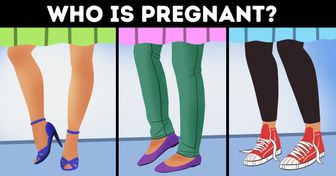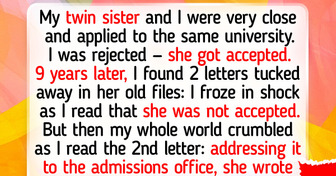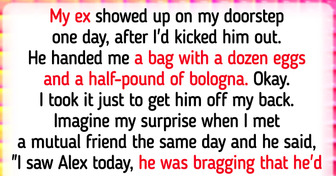I Refuse to Accomodate My MIL’s Insane Food Requests
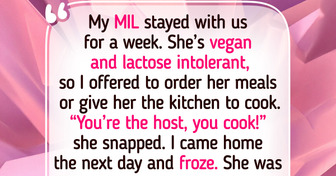
Did you know that you can actually inflate a balloon without using your lungs? All you need is a plastic bottle, vinegar, baking soda, a funnel, a rubber, and a balloon, of course. First, pull some baking soda into the balloon using your funnel. And now pour the vinegar into the bottle. You don’t need a lot — just fill about a third of the bottle.
Let’s go ahead and put the balloon over the bottle. But don’t tip the soda inside the vinegar yet. Secure the balloon with a rubber band and tip it over to make the soda fall into the vinegar. And now you can step back and enjoy the show. When the baking soda and the vinegar are mixed together they release CO2 that will inflate the balloon.
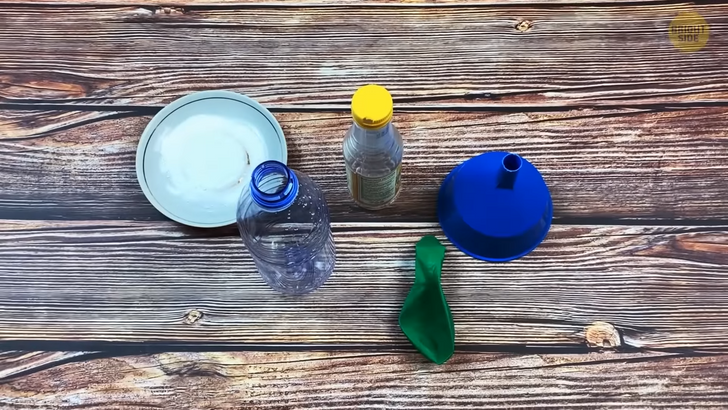
You can use the inflated balloon to show your friends another trick. Grab a comb and rub it on the surface of the balloon. Now you can bend water flow in your sink with static electricity using your brand new electrified comb. Just don’t try brushing your hair!
Can you really pierce a balloon without popping it? The answer is yes. You’re gonna need a skewer or a long needle, a balloon, petroleum jelly, and some courage. Scratch the balloon with your fingers to make it more flexible, now blow steadily into the balloon.
Stop before blowing it to the full size — this will make the trick easier to perform. Put some petroleum jelly on the needle. Now find this darker area near the knot where the balloon is less stretched. And just pierce it all the way through the top like this.
Balloons are made up of polymer chains. They’re so tiny that they seem invisible to the human eye. This trick works because the polymer chains are less stretched on the neck of the balloon. It was enough room to allow the needle in between the chains without breaking them. But if you try the same technique on the sides of the balloon, it will definitely pop.
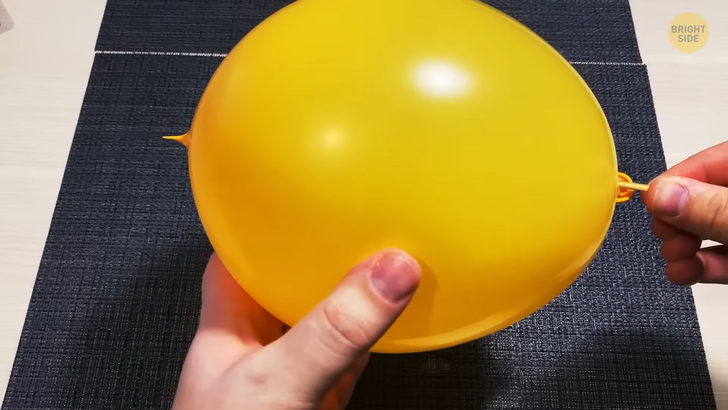
By the way, hair spray actually helps keep the air in the balloon longer by sealing the surface. But if you apply hair spray on the outside of the balloon and then touch it when it’s not yet dry, the balloon will shrivel. Isn’t it magic?
Beware! Our next trick can make you question gravity. Pour some plain water into a glass bottle. Not much, about a quarter. Put the bottle in the microwave for a minute. Meanwhile, prepare a bowl with colored water to make the trick more visual.
Take the bottle out of the microwave, turn it upside down and pour it into the colored water. The bottle will soon begin to fill with water. Can you guess why? The air expands when it’s heated. The bottle and the air began to cool down, and the air contracted, which caused the water to move.
Not only wizards can make things disappear. Fill a plastic container or transparent glass with sunflower oil. Dip a glass rod inside the oil. Can you see it now? Oil and glass bend light the same way because they have almost equal refractive indexes.
Therefore, it’s impossible to see how the wand bends light inside the oil. To make this trick even more epic, pour equal parts of water and oil inside a glass and dip the glass rod inside it. You’ll see it in the water, but it will disappear inside the oil.
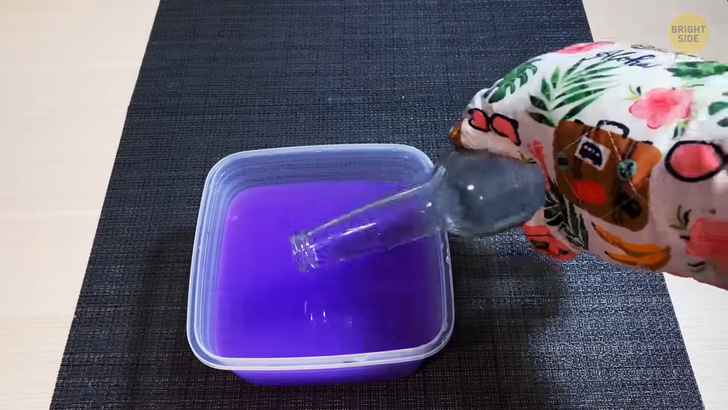
Have you seen this epic instant freezing trick? Here’s how you can repeat it at home. Grab a small plastic bottle of clean drinking water. Leave it for about 4 hours to bring it to room temperature. And now put it into a freezer and wait for 1.5 hours. After that take it out very carefully — try not to shake it at all. Now hit the bottle strongly or shake it and see what happens.
Not only is red cabbage rich in fiber and vitamins, but it’s also pretty useful for homemade scientific experiments. Boil red cabbage in pure water and wait until the water gets colored. Red cabbage contains a chemical called anthocyanin. It changes color when it’s mixed with an acid or a base.
That’s why if you mix your cabbage water with different ingredients, you’ll get different colors. Base like soda will make it blue. But acids on the contrary will create reddish colors. You can prove it by adding some lemon juice to your cabbage water. The water will become pinkish.
And if you add vinegar, you’ll get an even more vibrant pink color. If you have a juicer, you can try the same experiment with red cabbage juice. Initially, it will have a more vivid purple color. But under the influence of additional liquids, the color will change. Can you guess which color you’ll end up with if you mix cabbage juice with bleach? It’s almost transparent, but still has a greenish-yellow tinge.
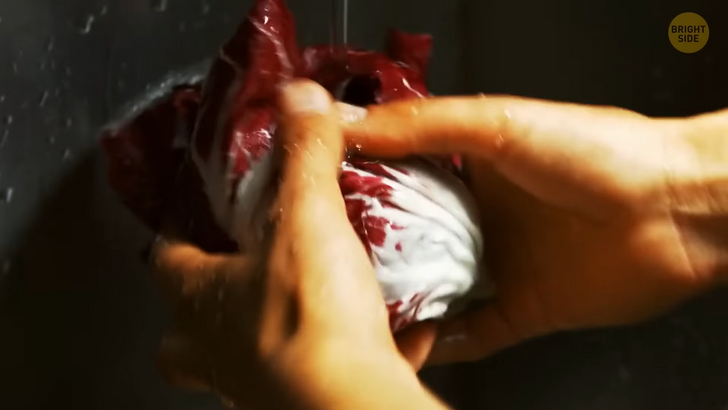
The next trick is very trendy among artists. Here’s what you’re gonna need: liquid soap, cotton buds, milk, and acrylic paints. You can also use food coloring for this tip. Pour a little bit of milk into a wide bowl or a plate. You don’t need a lot.
Then put a few drops of paint into the milk. And now dip a cotton bud covered with soap. The patterns will begin to change. That’s because the fatty molecules in the milk get attracted to the molecules of soap.
When you’re satisfied with the pattern, you can put a sheet of paper on top of the milk. And voilà — your abstract masterpiece is ready! In fact, this technique is related to ancient paper marbling called Ebru. Artists created colorful patterns by sprinkling and brushing color pigments on a pan of oily water and then transformed those patterns on paper.
Friction helps people walk on the road instead of sliding on it. And it also allows us to perform this cool experiment called ‘floating rice’. Fill a small plastic bottle with rice. You can use a funnel to make the task easier.
Shake the rice for a while. And now try to push a chopstick or a pencil inside the bottle. If you did everything right, the stick will get stuck in the rice. You can also try using different types of grains and see what happens.
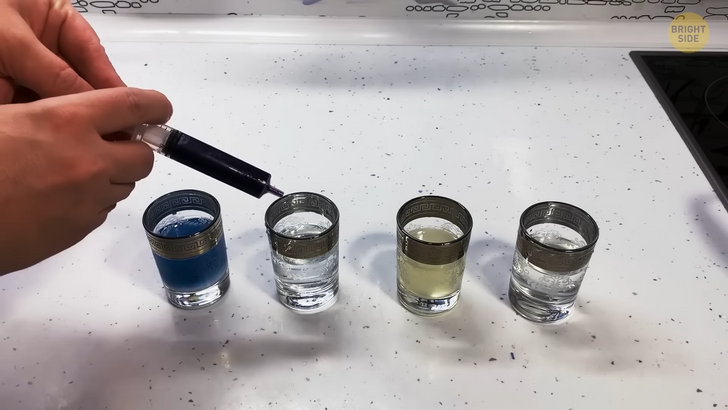
Have you ever tried to put an ice cube into oil? Well, you can try today. It will create these cute little drops that will fall to the bottom of the glass because they’re heavier than oil.
Here’s an easy way to stick an ice cube to a string without any glue. Place an ice cube in water, put a piece of string on top, and sprinkle it with salt. You don’t need much, otherwise, the ice will dissolve. A pinch is enough. Wait for 1 minute and then gently pull the string. And there you go — the ice has stuck to the string!
For this experiment, you’re gonna need an empty, clean soda can. Turn on the kettle and wait until it begins to boil. Carefully hold the can over the kettle using kitchen tongs. It will help fill it with hot steam.
When the can is full of steam, give it an ice bath. You can put it into a bowl with cold water and ice cubes. The can should wrinkle up right away. That’s because the volume inside the can decreases, reducing its pressure and allowing the external pressure to crush the can.
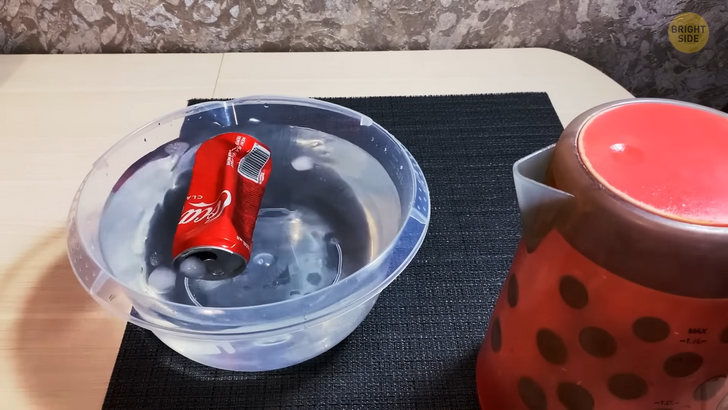
The next trick is also about air pressure. You’re gonna need a glass bottle, a small piece of paper, a lighter, and a peeled boiled egg.
The diameter of the bottleneck should be less than the width of the egg. And it’s important to use glass because plastic can melt. Now carefully light the paper, let it burn a little bit, and drop it inside the bottle.
Put the egg on the neck of the bottle. It should begin to bounce. And soon the pressure of air will push the egg into the bottle.


